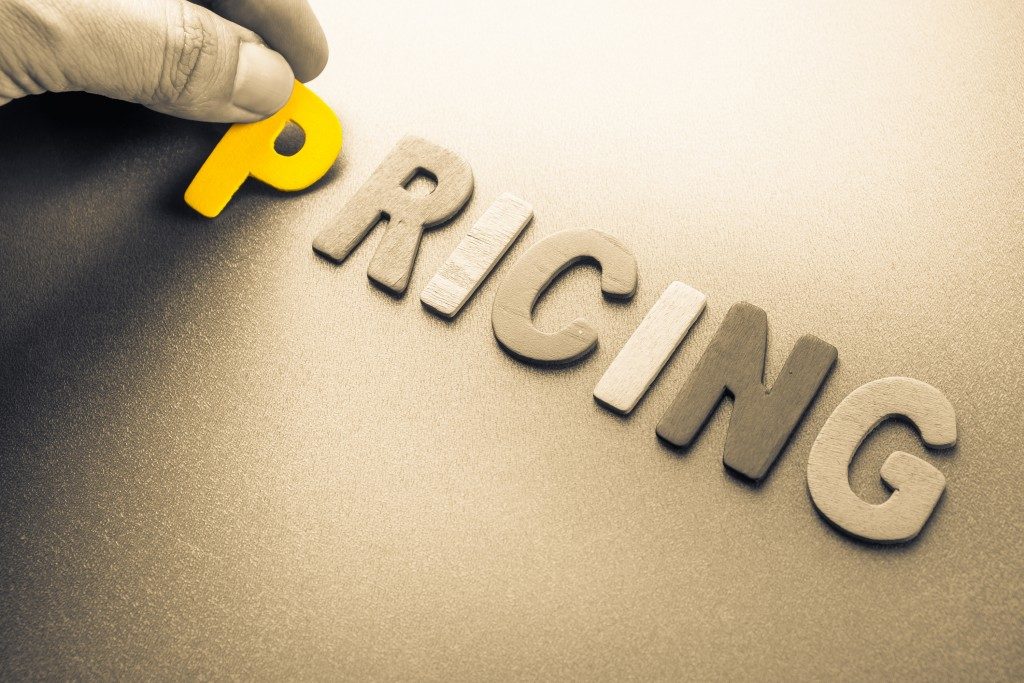One of the few things you need to consider before launching a new product is your pricing strategy. As a business owner, you want to price your product at its best price. But since you already have competitors with similar offerings, it also pays to set a pricing strategy so that you can keep up with the competition.
One thing every business owner needs to remember is that competing for the lowest price alone is not always the best way. The price should be enough to cover for your costs but competitive enough to contend with similar products on the market. You will also need to set a minimum advertised pricing (MAP) policy to ensure that your brand equity is protected. To help you find the best pricing strategy for your business, we’ve gathered five options you can consider:
Competitive Pricing
You have three options when setting your product price: sell it below, at, or above your competitor’s price. When it comes to competitive pricing, you’re charging your consumers in accordance with the price of your competitor’s product. Of course, you still need to consider the costs it takes to develop the product. If you set your price above your competitor’s price, you will need to justify your higher price to consumers. As for pricing your product below or at the same price as your competitor, you focus on the product and the costs to win more clients while avoiding sunk costs.
Price Skimming

If your goal is to gain considerable revenue despite your product being a newbie on the market, then consider price skimming. Take tech giant Apple as an example. Whenever they release a new model, they choose an introductory premium price. As time passes by and as newer products are launched, they strategically lower the price. This is to test how much the consumers are willing to pay for the product and then gain momentum as they attract more people to buy once the price drops.
Economic Pricing
If your business is yet to make a name in the market, then you can consider economy pricing as your pricing strategy. This strategy is perfect if you aim to attract price-conscious buyers. If your price offers lower than the average market price, you can gain more clients. But you should be careful as you will most likely rely on your sales to keep the business afloat. If you can cut down costs to set a low product price, then you can stay competitive and gain new clients through economic pricing.
Penetration Pricing
Word-of-mouth is one of the best ways to reach more consumers and gain more clients. If your goal is to reach your target audience through word-of-mouth, then you can take advantage of penetration pricing. Using this strategy, you set your product price low so that your consumers will think of switching to your brand to enjoy bigger savings. This is a good way to instantly increase brand awareness and entice your audience to try out your product even if your brand is generally new in the market.
There are other pricing strategies to explore if you haven’t made up your mind yet. But the four strategies listed above are what new businesses often use when setting their prices. Before you choose one, make sure that you weigh the perks and drawbacks first.

